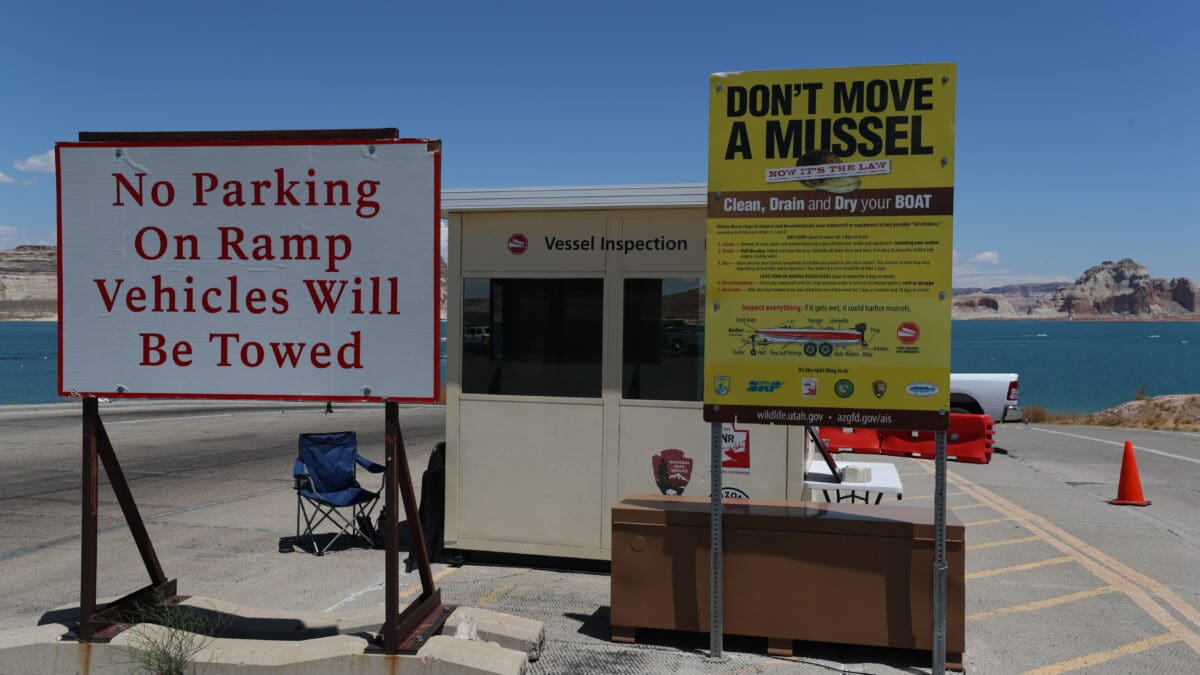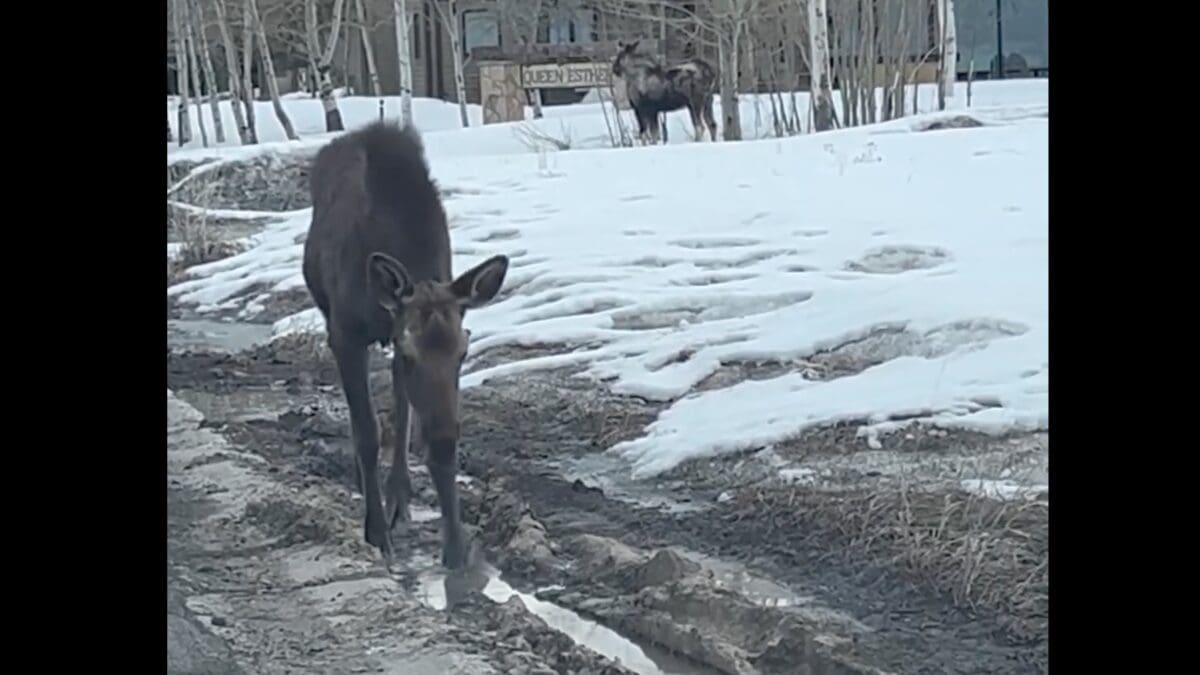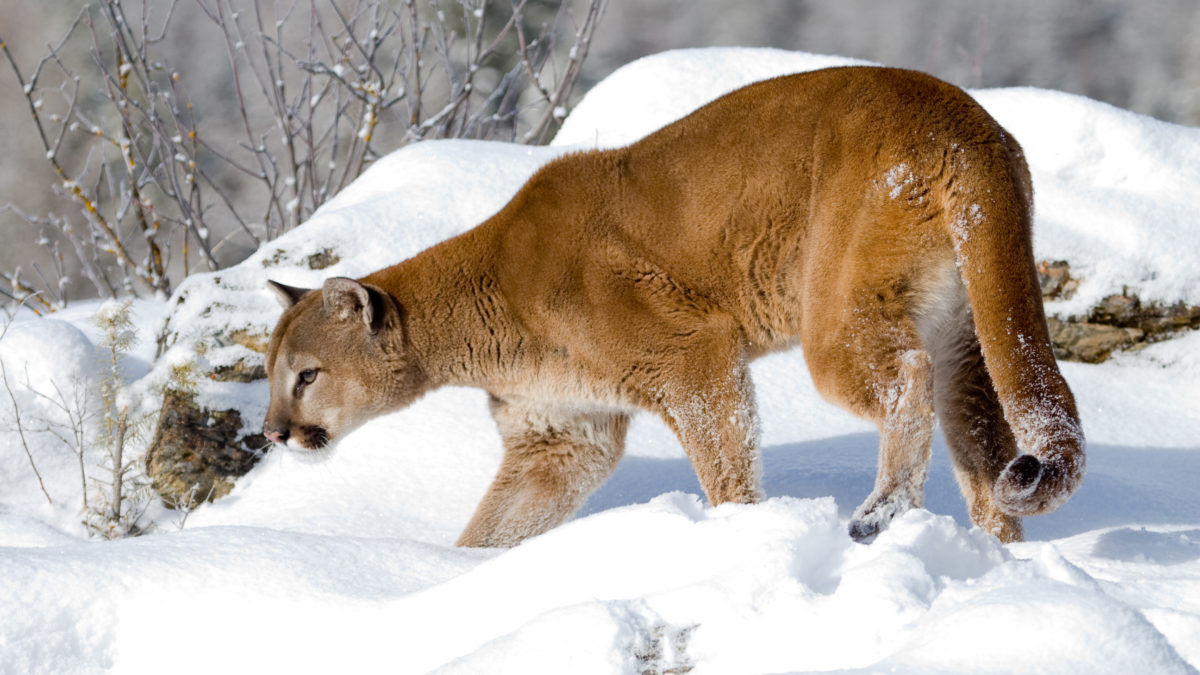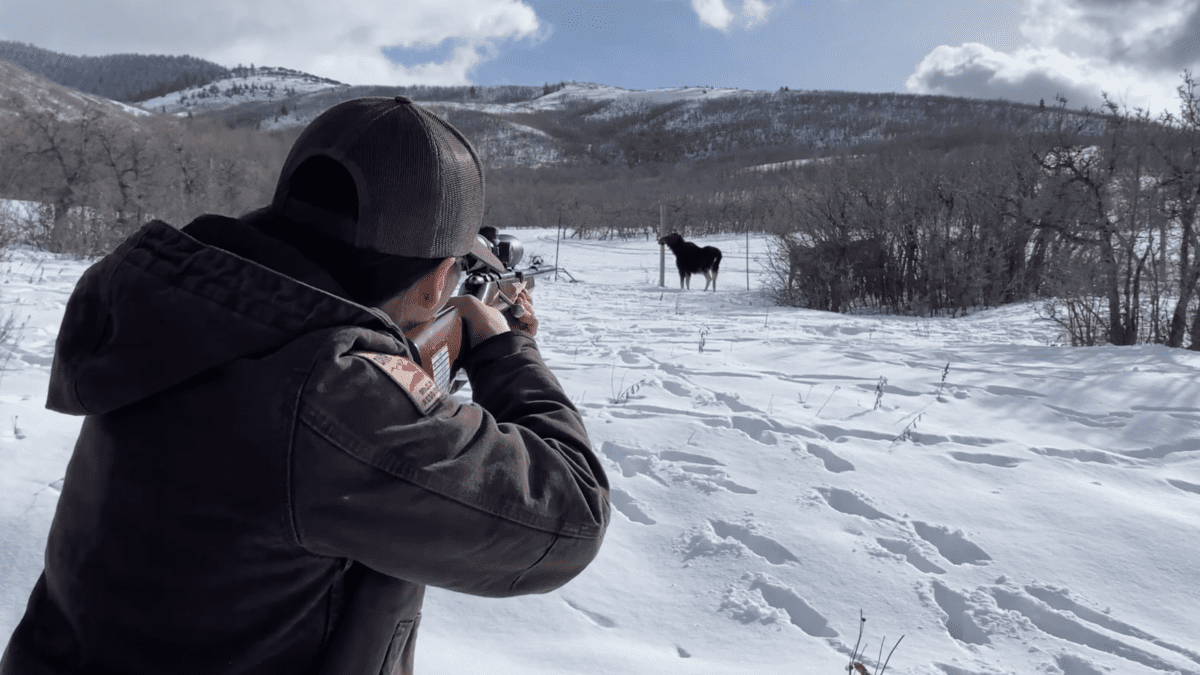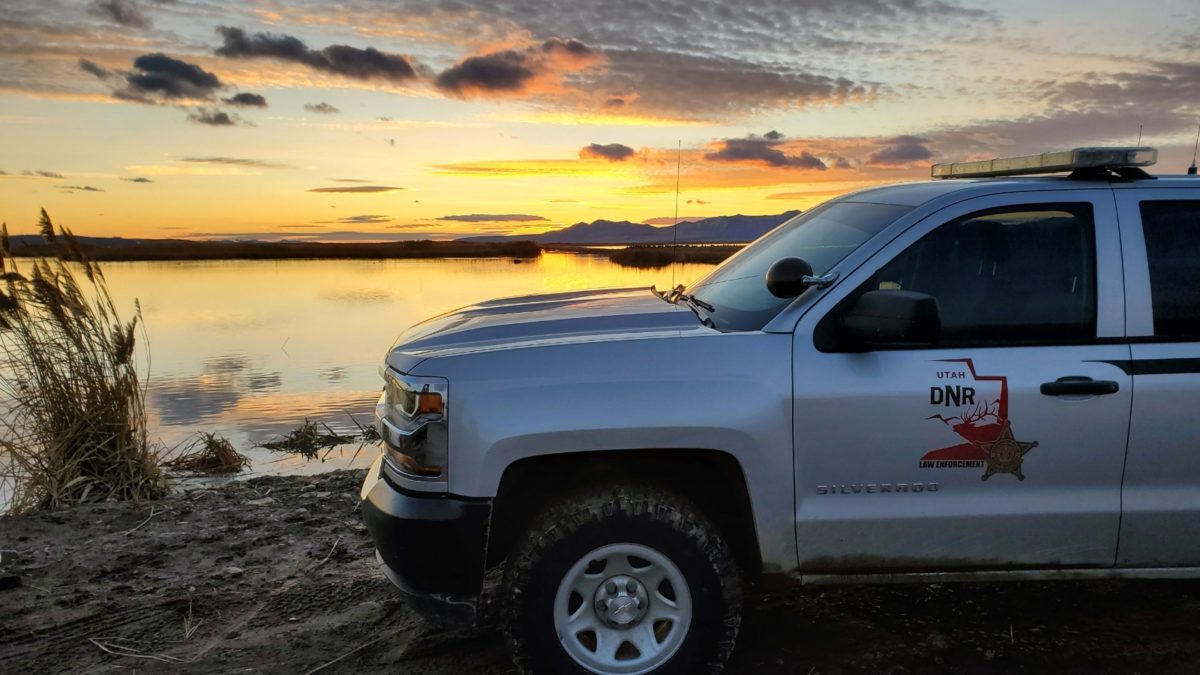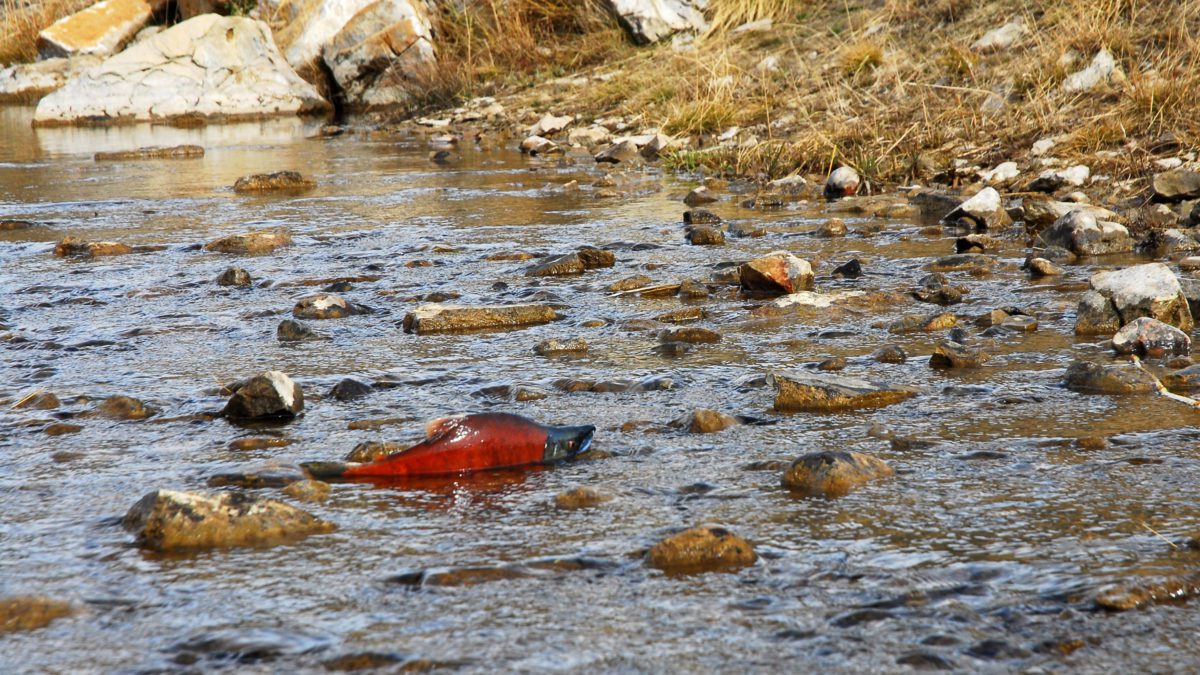Wildlife
Know when and how to report your wildlife encounters
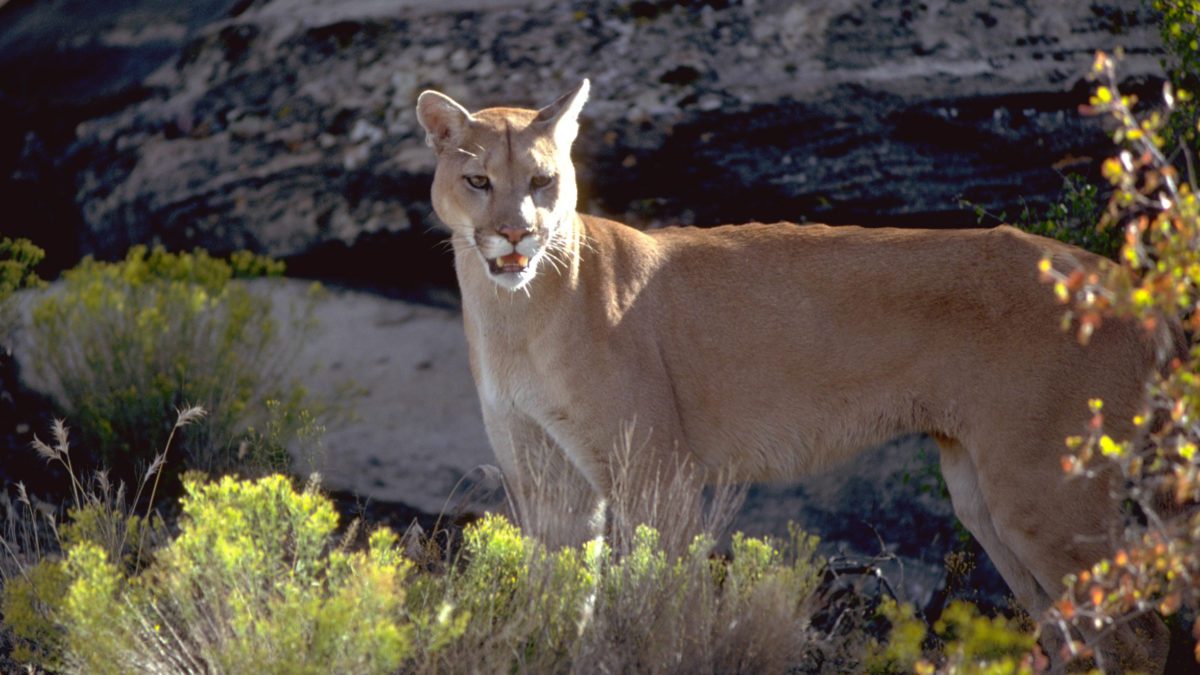
Cougars can be found throughout Utah, usually in the foothill and canyon areas, but also sometimes down in the valleys — especially during the winter months when they follow deer searching for food to lower elevations. Photo: Utah Division of Wildlife Resources
PARK CITY, Utah — Wildlife sightings often capture our attention and imagination, from majestic birds of prey soaring overhead to elusive cougars. While these encounters can be thrilling, not every animal sighting requires immediate intervention from wildlife authorities or law enforcement. To help us better understand when to report such encounters the Utah Department of Wildlife Resources has compiled information on when and how you should report your encounter.
Cougars
Cougars can be found throughout Utah, usually in the foothill and canyon areas, but also sometimes down in the valleys — especially during the winter months when they follow food-seeking deer to lower elevations. You should report a cougar sighting if:
- It has killed something in a neighborhood or yard.
- It exhibits aggressive behavior.
- It appears several times on your security cameras.
If you capture footage of a cougar on security cameras one time or see one from a distance in foothill areas, you do not need to report it. One-time sightings of cougars are typically when the animal is moving through an area, and it has often left by the time DWR biologists and conservation officers can respond. Learn more about preventing conflicts with cougars.
Bears
Black bears are the only species of bear currently found in Utah. They can also be found in the foothill areas, canyons and other similar habitats throughout Utah. If bears are in these areas, they should only be reported if they are being aggressive or if they are getting into trash, fruit trees or causing damage. You should report a bear that has wandered into lower-elevation areas and is within city limits or in heavily-populated areas. Bears typically go into hibernation from roughly November to March, so you likely won’t see one during the winter.
Moose
Moose are also commonly found in the foothill areas since that is their natural habitat. You should report a moose that has wandered into lower-elevation areas and is within city limits or heavily-populated areas, so the DWR can relocate the animal. If moose aren’t relocated, they can stay in an area for a long time and potentially injure someone or damage property. Urban environments, which include fences and vehicles, can be unsafe for moose. Avoid approaching moose or attempting to “herd” them out of yards or roads. Moose can be very aggressive, especially around dogs.
Deer
You should only report a deer sighting in a neighborhood if the animal is acting aggressively. Buck deer can often be aggressive during their breeding season, which takes place in November. If a deer is hit and killed by a vehicle in a neighborhood or is found dead in a yard or park, call your nearest DWR office to report it, so crews can remove the dead animal.
The DWR also launched the Urban Deer Program in 2014 as a way to give cities the ability to deal with ever-increasing deer/human conflicts in expanding urban areas. Learn more about the program on the DWR website.
Birds of prey
During the winter, Utahns may often see hawks, eagles and other birds of prey on the sides of the road. While it may seem like these animals have been injured, typically, they have gorged themselves on roadkill and are unable to fly for a period. These birds don’t need to be reported unless they are in the roadway (and at risk of being hit by a vehicle), they have been in the same spot for over 12 hours or they have an obvious injury.
For more wildlife-related safety tips and information, visit the Wild Aware Utah website.
Utah DWR Contact Information for reporting an encounter is available here.











